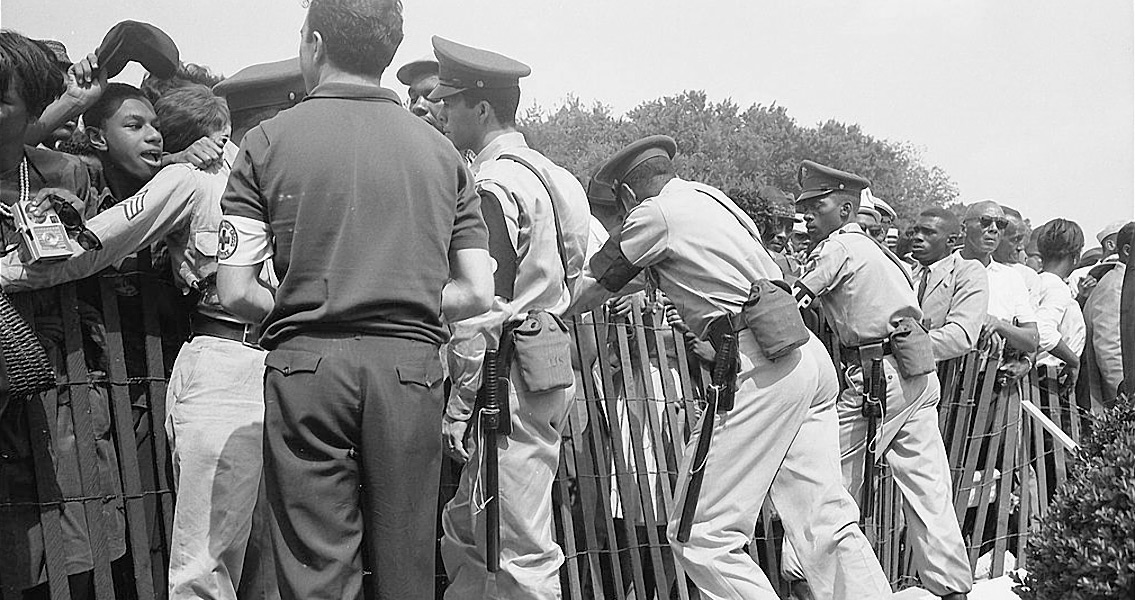<![CDATA[In the post-Second World War period, the New York City Police Department emerged as one of the most problematic institutions in the city. Patrolmen and superior officers had a casual attitude towards crime, often failing to give it enough attention; corruption was widespread and police often received payoffs from organised crime. At the same time, the New York City Police Department demanded respect and deference from African Americans. Individuals were often subjected to demeaning and brutal responses if they challenged the authority of police officers. New work by Themis Chronopoulos from the University of East Anglia has sought to highlight police misconduct as a major theme in the Civil Rights Movement. The new study seeks to demonstrate how the antagonism between African Americans and the New York Police Department intensified as police behaviour came under much greater scrutiny from the black freedom organisations. "While it is difficult to determine the exact causes of this or any other major uprising of the 1960s, the acrimonious relationship between the police and the community contributed far more than just the spark," Chronopoulos writes in the report of his findings, published in the most recent edition of the Journal of Urban History. By tracing the increased frequency of instances of brutality, Chronopoulos locates police-community relations firmly at the heart of the development of the Civil Rights Movement. Police-community relations is a rather understudied area in the context of the African American Civil Rights Movement. Often, any antagonism is taken for granted with historians tending to focus on other issues instead. This is a result of the most visible and influential civil rights-influenced behaviours having been focused on other institutions such as schools, housing, public accommodations, voting rights and employment. Chronopoulos argues, however, that relations between police and communities are a vitally important area to study. "Survey after survey during the period revealed that one of the overriding concerns of urban blacks was police misconduct and that this issue functioned as one of the primary causes of riots," he notes. Issues of police violence towards civil rights demonstrators became a much more prominent issue in the early 1960s as instances of brutality were televised in mainstream media. In New York City, freedom rallies and protests began to multiply in this period, leading to repressive police actions. "While police brutality against individuals in everyday situations had always been a problem for the black community, it worsened in the early 1960s, and the frequency of potentially explosive episodes increased," Chronopoulos writes. The City of New York paid more than one million dollars each year in the 1960s to settle police brutality cases. Chronopoulos' study examines an under-studied area of history, one which has important connotations today. By tracing the history of police-community relations in New York City, he has shown how police brutality was not simply a response to demonstrations. Police misconduct was a real concern for African Americans in this period, and should be seen as one of the factors which led people to protest and seek social improvement. For more information: www.juh.sagepub.com Image courtesy of Wikimedia Commons user: Slowking4]]>
History of NYPD Police Misconduct Traced
